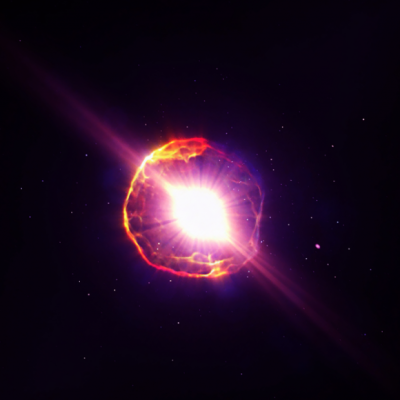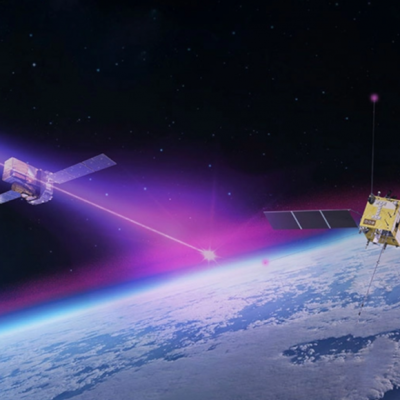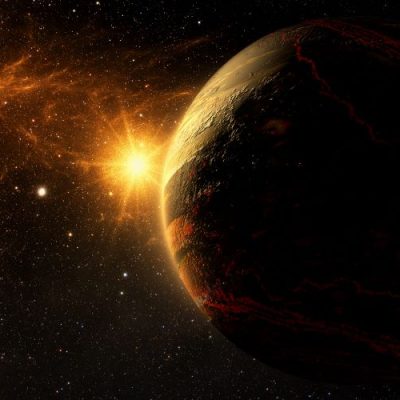Astronomers have made a groundbreaking discovery of a medium-sized black hole in the Messier 4 globular cluster, which is closer to our solar system than any other known black hole of its kind. While most black holes discovered so far can be classified as either small stellar black holes or supermassive black holes, medium-sized black holes have been rarely detected. The discovery was made by NASA and ESA astronomers using the Hubble and Gaia space telescopes. The medium-sized black hole is located in a globular cluster near our solar system, making it a significant find.
The discovery of the medium-sized black hole was published in the Monthly Notices of the Royal Astronomical Society. The astronomers, led by Eduardo Vitral from the Space Telescope Science Institute, analyzed images taken by the Hubble telescope over a period of 12 years and supplemented them with precise measurements of star movements from the Gaia telescope. The analysis revealed that there must be either a heavy object or a large number of small objects in the heart of the globular cluster, indicating the presence of an extremely compact zone with high mass density. The scientists believe that a grouping of black holes, neutron stars, or white dwarfs would not be able to explain this phenomenon, making the existence of a medium-sized black hole the most likely explanation.
While the discovery of the medium-sized black hole is significant, there is still uncertainty about the accuracy of current star mechanics models. The possibility remains that the models are inadequate, making it impossible to achieve 100% certainty about the existence of the black hole. Nonetheless, the discovery is a significant step forward in our understanding of black holes and their role in the universe.







-400x400.jpg)


